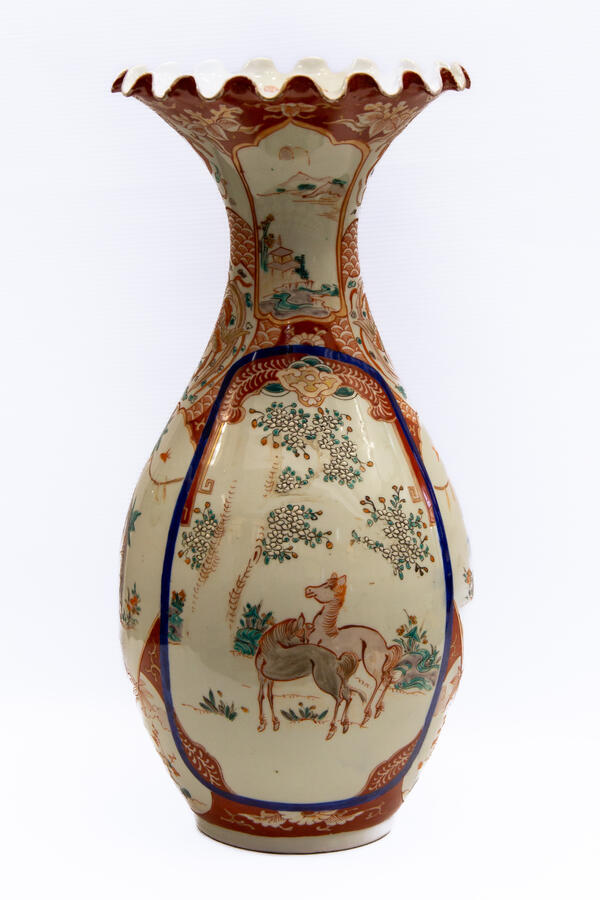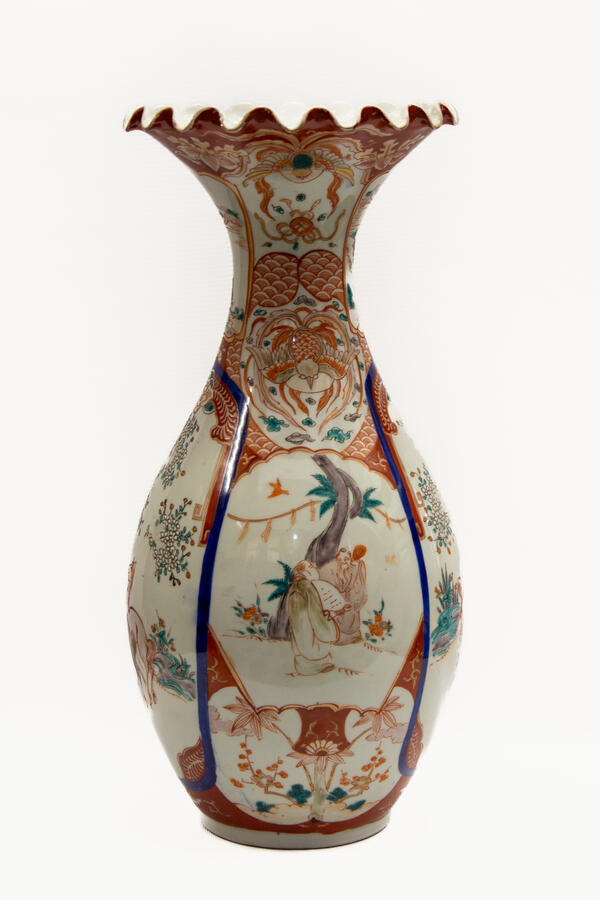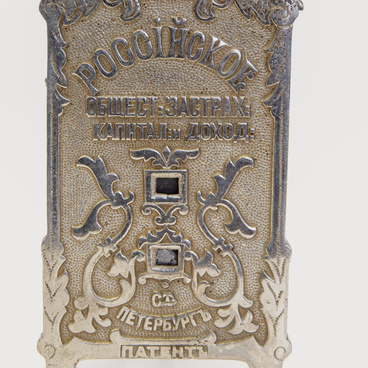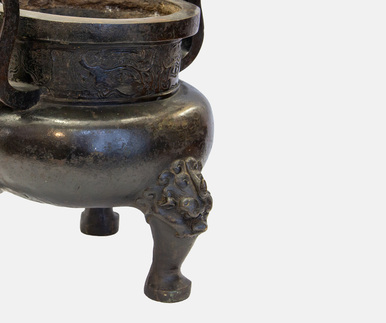According to archaeological finds, ceramics in China appeared in the 7th–5th millennium BC in the East Chinese region of Anansi. These ceramic wares were fired at a temperature of 500–600 °C. This technology spread throughout the territory of China fairly rapidly. However this was not porcelain in the modern sense (it should be noted that in China all ceramics are called “porcelain”). This type of ceramic is called proto-celadon, which means that white clay, or kaolin, was already included in the composition, however, the quality and the manufacturing technology was not yet at the appropriate level. The Chinese began decorating and glazing ceramic products much later, and it was a cultural phenomenon unlike anything else.
Chinese porcelain, as it is known today, appeared in the early 7th century AD, during the reign of the Tang Dynasty (from 618 to 907 AD). Even though vase-shaped tableware existed in China since the 3rd millennium BC, the multitude of forms appeared only during the Tang Dynasty and was accompanied by the invention of polychrome glazes. The 15th century saw the emergence of overglaze decoration with enamel paints. This method implied that the decorative pattern was applied over the already glazed surface and then fixed by firing at low temperatures (light muffle firing). This method of decoration expanded the variety of available colors.
At the end of the 17th century, new styles and ways of overglaze decorating called families (from the French “famillies”) emerged: jaune (yellow), verte (green) and noire (black). In around 1710, the rose (pink) family was added, which became the predominant style for 18th-century porcelain wares. As the name would suggest, the verte family, for example, predominantly featured green with the addition of red and blue. Vases of the noire family had black backgrounds over which a multicolored pattern was painted. To achieve the pink color of the rose family wares, a special composition with the addition of gold was used as paint. Porcelain wares made in the rose style were characterized by a wide variety of shapes and motifs.
The exhibition presents a porcelain vase of the rose family with an oval-shaped body with a tapering neck and a wide mouth. White porcelain is decorated with a floral pattern, with predominantly pink hues.





